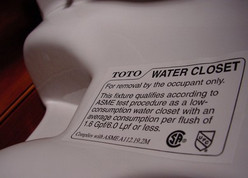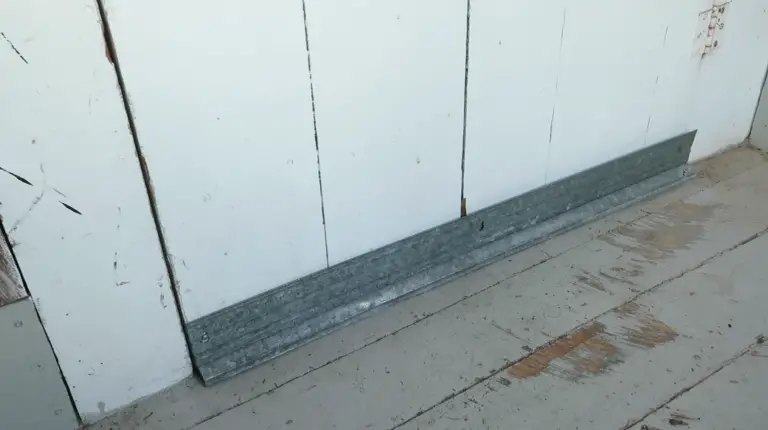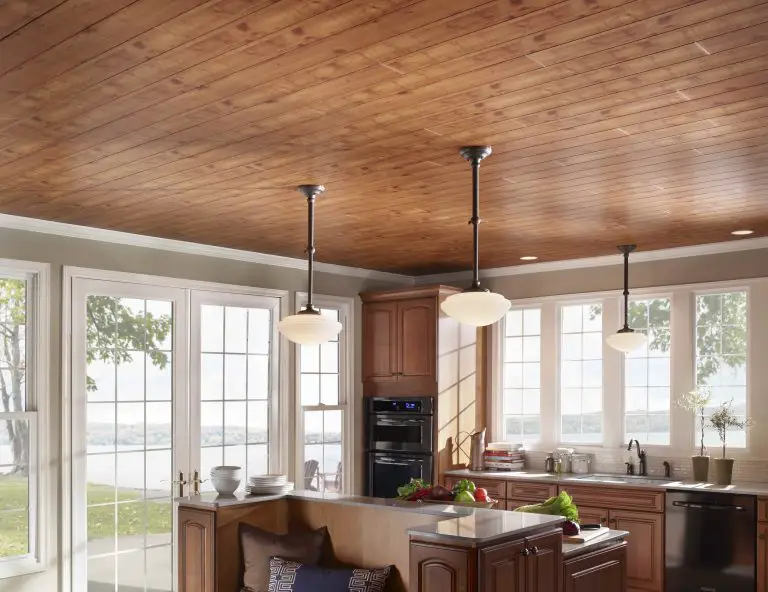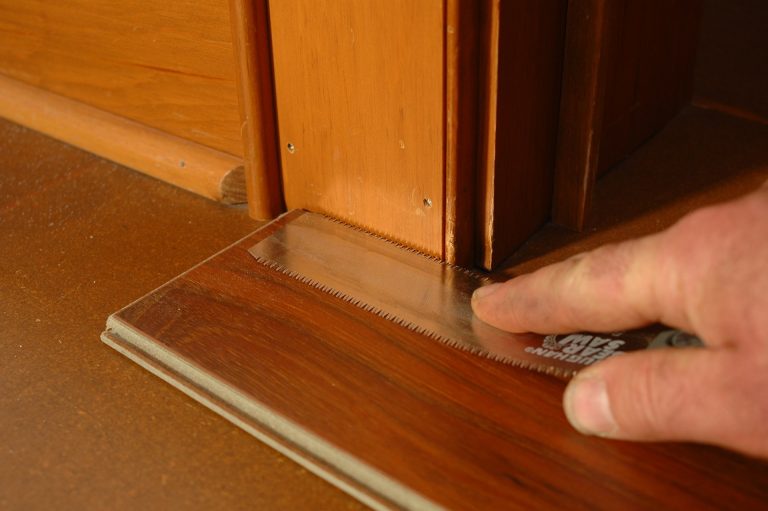The fact is, neither paper-backed nor plain insulation batts are ideal where basement joists meet exterior walls. Although the situation you’ve got is quite typical, it’s a wide-spread problem in many Canadian homes.
Any kind of insulation that allows air to pass through it requires a vapour barrier on the warm side of the insulation. This prevents warm, moist, indoor air from seeping into the insulation during winter. If this dynamic of air infiltration is not actively prevented, the indoor air will cool within the insulation as it moves towards exterior walls. Eventually, when it cools enough, liquid water will condense, causing liquid condensation to develop within the insulation or against the edge of the wooden floor frame. The problem with the area around basement floor joists is that it’s virtually impossible to seal effectively. All those floor joists make it impractical.
This is why the best insulation option for the ends of floor joists in a basement is foam that doesn’t allow air to pass through it. Spray polyurethane foam is ideal. You can also use pieces of rigid, 2-inch thick extruded polystyrene foam that’s completely sealed around the edges to prevent air infiltration. Whatever you do, don’t use the white, beady expanded polystyrene foam here. It’s not impervious enough to air infiltration on its own, so condensation can develop behind it, even if the edges are sealed.












